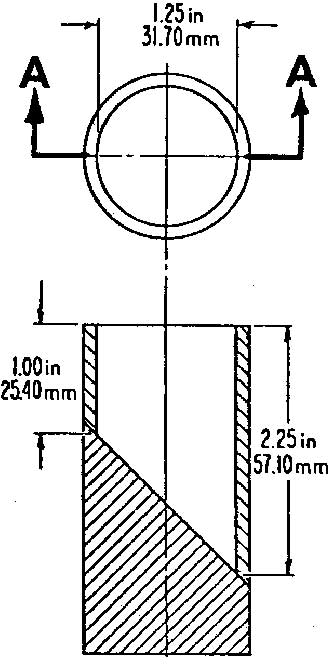relavent bits from BS EN 71 as far as I can tell:
5.8 Shape and size of certain toys (see A.31)
The requirements in 5.8 a) and b) do not apply to soft-filled parts of a toy or parts of fabric. They do not apply
to rigid elements having a major dimension equal to 30 mm or less.
The shape and size of toys intended for children who are too young to sit up unaided, shall conform to the
requirements in 5.8 a) and b), as supplied.
Toys that are clearly marketed for such children include, but are not limited to:
— rattle-shaped toys and squeeze toys with or without noise making features;
— teethers, toys or components intended to be chewed on;
— hand-held activity toys;
— books and building blocks covered by textile or vinyl;
— removable components of toys intended to be strung across a crib, playpen or perambulator;
— removable components of baby gyms;
— legs of baby gyms. The requirements in 5.8 a) and b) apply regardless of the mass of the baby gym.
a) For such toys having a mass of 0,5 kg or less, no part of the toy shall protrude past the base of template
A when tested according to 8.16 (geometric shape of certain toys).
b) For such toys with nearly spherical, hemispherical or circular flared ends having a mass of 0,5 kg or less,
no part of the toy shall protrude past the base of template B when tested according to 8.16 (geometric
shape of certain toys)
**section A31:
A.31 Shape and size of certain toys (see 5.8 and A.43)
These requirements are intended to address hazards associated with toys intended for children who are too
young to sit up unaided, and that could cause impaction.
BS EN 71-1:2014
EN 71-1:2014 (E)
132
Toys should be tested according to 8.16 (geometric shape of certain toys) “as supplied”. In other words, they
should be tested for this requirement before other relevant tests are conducted. However, parts that become
accessible after opening e.g. a velcro-closure should be tested after having been removed from the closure.
In determining which toys are intended for such children, the following factors are relevant: the manufacturer’s
stated intent (such as on a label) if it is reasonable, the advertising, the promotion, the marketing and whether
the toys are generally considered as suitable for the age group in question.
It is recognized that children normally sit up unaided between 5 months and 10 months.
8.16 bit referred to above:
8.16 Geometric shape of certain toys (see 5.8, 5.11 and A.43)
Position and clamp template A shown in Figure 24 so that the axis of the slot is substantially vertical and the
slot is unobstructed at its top and bottom openings.
Figure 24 —Template A Figure 25 — Template B
Orientate the toy in a position which would most likely permit the entry of the toy through the slot in
Template A. Place the toy in the slot so that the force on the toy is only the force due to its mass.
Determine whether the toy passes through the slot or whether any part of the toy protrudes past the base of
Template A.
Repeat the procedure for toys with nearly spherical, hemispherical or circular flared ends using template B
** I cant get the templates copied here but template A is a slot formed with curved ends the slot is 50mm wide by 35mm high formed in material 30mm thick.
I hope this helps (not sure though!) - Jimmy
Template B is a circular hole 42.7mm diameter again in material 30mm thick.
































